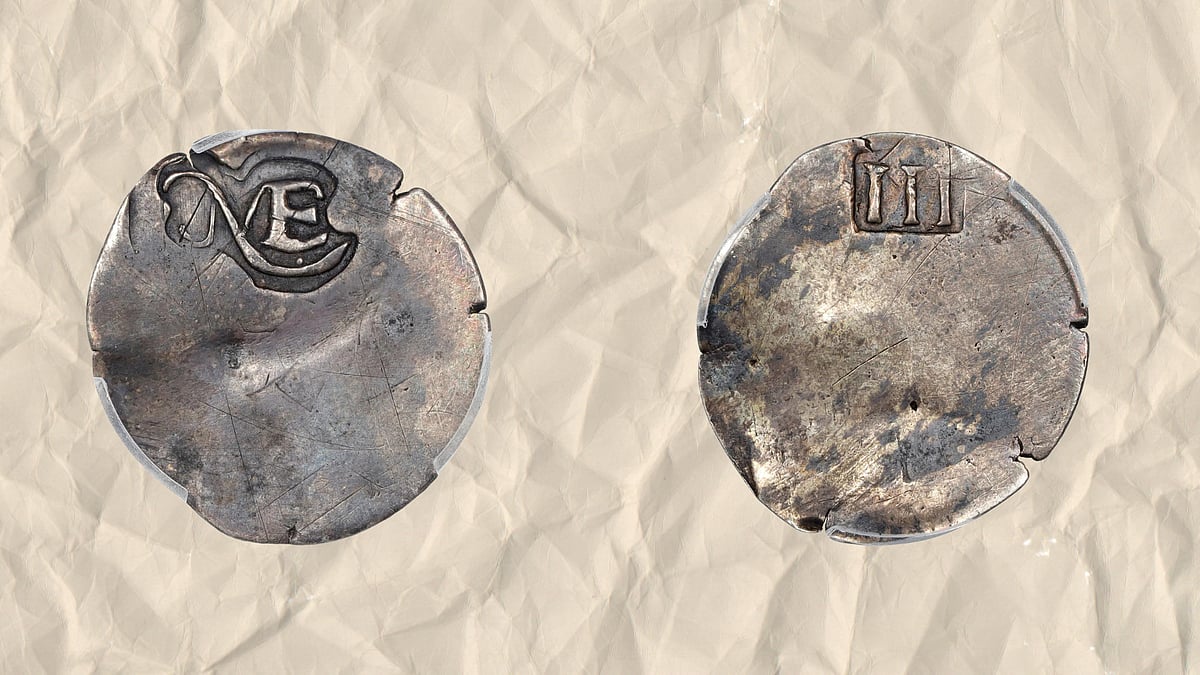In today's UNMUTE, take a look at few fun facts about the amazing woman called Bessie Smith.
Without Bessie Smith there would be no blues of today, no R&B, and no Rock'N'Roll. Yes that’s right.
She died in a car accident at the age of 42 and her grave was unmarked almost for 33 years after her death and the 70’s diva of Blues Rock, 27 year-old Janis Joplin bought her a headstone. (two weeks before her own death!)
More than 4 decades after her death, some of her recordings were inducted into the Grammy Hall of Fame.
Many historians believe that Ma Rainey (The mother of blues music) and Bessie had a sexual/romantic relationship. Although it is generally accepted that Ma Rainey was a lesbian, it is difficult to prove the nature of her relationship with Bessie. But in 1925, Ma Rainey was arrested in her house in Harlem for having a party with an extensive circle of lesbian and bisexual African-American women in Harlem and according to the records, Bessie bailed her out of jail the following morning.
In her song, "The Boy in the Boat," Bessie sang,
"When you see two women walking hand in hand,
just look 'em over and try to understand
They'll go to those parties
have the lights down low
only those parties where women can go."
Bessie sold six million records in four years. JUST FOUR YEARS!
She also made a film appearance in 1929, in a thriller called “St. Louis Blues” for which she had also sung the title song.
Bessie saw it all. Poverty, racism, abuse, inequality.. everything. In the late 1920s her record sales diminished with the great depression and as social forces changed the face of popular music, the earthy realism of the sentiments she expressed in her blues seemed outdated and irrelevant to the audiences. Her gradually increasing alcoholism caused managements to become wary of engaging her (but there is no evidence that her actual singing ability ever declined.)
Bessie met Jack Gee, a security guard and her first husband in 1922. Their marriage was stormy with infidelity on both sides. Gee was a greedy man and was highly impressed by her money, but never adjusted to her touring show business life or her bisexuality. In 1929, when she learned of his affair with another singer, Bessie ended the relationship, although neither of them sought a divorce. Her life was so full of drama that you cannot separate Bessie from her Blues.
Frank Walker, her then manager said, ‘’She was blues from the time she got up in the morning until she went to bed at night!’’ On their first date Jack was shot. Yes! BESSIE’S DATE WAS SHOT! (not that dramatic right?) Bessie devotedly visited him in the hospital for five weeks and took care of him. When he came out of hospital, Bessie already had her first recording date for ‘Downhearted Blues’- her first Columbia record. Jack Gee sold (or pawned, not sure) his watch to buy her a new dress as a gift. Nobody had bought her anything before (on the contrary it is a known fact that Bessie would regularly send expensive gifts to her siblings and friends, though she received nothing in return, ever.) She took the dress as a sign of love and wore that red dress for her first performance after the album was out. After they got married, Jack gave up his job as a night time watchman and the giving Goddess that Bessie was, bought him a gold watch! Their marriage began as well as ended dramatically.
The blues that Bessie sang strangely anticipated her life. It is surely no coincidence that she sang ‘Nobody knows when you are down and out’ after her devastating break up with Jack.
It is said that Bessie was close (rather too close) to her niece Ruby Walker (who used to travel with Bessie as a back dancer) and she understood Bessie better than anybody else. Ruby would lie, spy and risk for Bessie. But after Bessie and Jack split, Ruby joined Jack’s troupe and it was the betrayal that truly devastated Bessie. Ruby may have feared Jack or she might have taken that chance to become a real singer as Bessie wouldn’t let her come into the focus on stage, but it shook Bessie’s faith in love and it only left her singing ‘Foolish man blues’ –
‘There’s two things got me puzzled
There’s two things I don’t understand
That’s a mannish acting woman and a
Skipping, twisting, woman-acting man!’
Smith’s songs like "Jail House Blues’’ or "Prison Blues’’ dealt with social issues of the time such as ‘Road gangs’ (also known as ‘Chain gangs’, means a group of prisoners chained together to perform a physically challenging task as a form of punishment) and capital punishment. "Poor Man's Blues" and "Washwoman's Blues" are considered by scholars to be an early form of African-American protest music (which later inspired the jazz legends like Nina Simone and Billie Holiday for the movement music.) Her lyrical sincerity and public behaviour were not widely accepted as appropriate expressions for African-American women; therefore, her work was often written off as distasteful or unseemly, rather than as an accurate representation of the African-American experience. Sigh!
Bessie Smith, The Goddess who was born poor in Chattanooga, who started singing on the streets at the age of nine and then ended up selling 7,80,000 copies of her first record ‘Downhearted Blues’ within six months, accompanying the best musicians of her time such as Louis Armstrong and Benny Goodman.
Her headstone says,
‘’The greatest blues singer in the world will never stop singing!’’
The legendary blues singer Alberta Hunter said, ‘’There was a misery in what she did. It was as though there was something she had to get out. Nobody least of all today could ever match Bessie Smith.’’
Only if she had not died in that car accident when she was finally ready for her comeback as a jazz singer after the great depression! We would have said, ‘’There is Billie, Ella, Nina and of course, the queen who built the foundation, Bessie!’’












